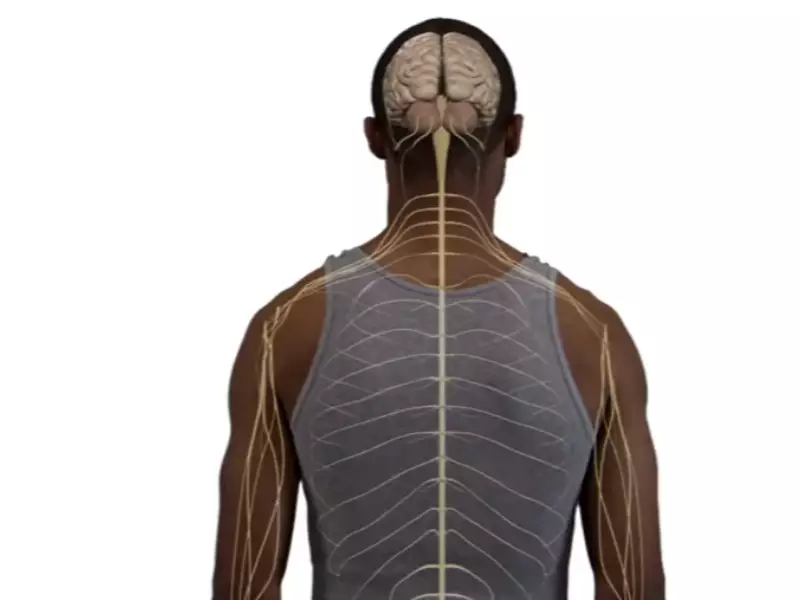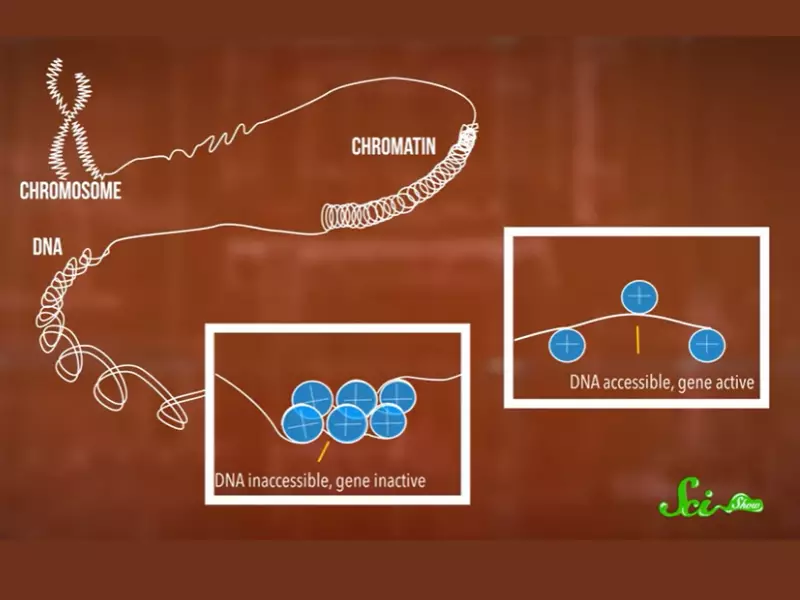The relationship between sperm and the spinal cord might not be the first topic that comes to mind when considering human biology, yet it’s a fascinating subject that bridges reproductive health with neurology. This intricate connection reveals much about the body’s complex systems and how they interact to affect overall health and function. By exploring this relationship, we can gain insights into not only fertility and spinal health but also how interconnected our bodily systems truly are.
The connection between sperm and the spinal cord primarily revolves around the nervous system’s role in reproductive functions and the impact of spinal health on fertility. Spinal cord injuries, for example, can affect sperm mobility and overall reproductive health due to the cord’s crucial role in managing the pathways that signal the reproductive system to function properly. This highlights the importance of spinal health in maintaining reproductive capabilities.
Delving into the biological ties that link the spinal cord to sperm production and function uncovers a web of hormonal, genetic, and nervous system interactions. These connections underscore the body’s reliance on a well-coordinated network to sustain both spinal health and fertility. Understanding these links is not just academically interesting; it has practical implications for medical treatments, lifestyle choices, and health education, making it a topic of significant relevance.

Basic Concepts
Sperm Overview
Definition and Role
Sperm are male reproductive cells that play a crucial role in human reproduction. Their primary function is to fertilize the female egg, initiating the process of conception. Sperm cells carry half of the genetic information needed to form a new individual, making them essential for the genetic diversity and continuation of species.
Production Process
The production of sperm, known as spermatogenesis, occurs in the testicles’ seminiferous tubules. This complex process involves several stages:
- Germ cells develop into mature sperm cells through a series of divisions and transformations.
- The process includes mitosis, meiosis, and spermiogenesis, resulting in cells with half the usual number of chromosomes.
- Mature sperm then move to the epididymis where they gain mobility and are stored until ejaculation.
Spinal Cord Overview
Definition and Function
The spinal cord is a long, thin, tubular structure made up of nervous tissue that extends from the brainstem to the lower back. It serves two main functions:
- Transmitting neural signals between the brain and the rest of the body.
- Coordinating reflexes that occur without direct involvement from the brain.
Structure and Importance
The spinal cord is protected by the vertebral column and is composed of nerve fibers that mediate reflexes and the exchange of information between the body and the brain. Its importance lies in its role in maintaining bodily functions such as movement, sensation, and autonomic activities like breathing and heart rate regulation.
Biological Connections
Hormonal Links
Testosterone’s Role
Testosterone is a key hormone in both sperm production and spinal cord function. It stimulates spermatogenesis and influences libido and sexual function, which are crucial for reproductive success. In the spinal cord, testosterone can impact neural plasticity, affecting both motor and sensory functions.
Nervous System Interactions
Influence on Reproductive Functions
The spinal cord’s role in reproductive functions is significant. It facilitates the neural pathways that control ejaculation and erection. Any disruption in these pathways can impact fertility by affecting the ability to deliver sperm effectively during intercourse.
Genetic Factors
Shared Genes
Certain genes are crucial for both spinal cord health and sperm production. These genes can influence the development, maintenance, and repair of nervous tissue as well as the process of spermatogenesis. Genetic disorders affecting these genes can lead to complications in both spinal cord function and fertility.
Research Findings
Studies on Sperm Mobility
Impact of Spinal Cord Injuries
Research has shown that spinal cord injuries (SCIs) can significantly affect sperm mobility. The disruption of neural control mechanisms due to SCIs can lead to changes in sperm characteristics, including reduced motility, which is crucial for the ability of sperm to reach and fertilize the egg.
Fertility Concerns
Challenges for Individuals with SCIs
Individuals with spinal cord injuries face numerous fertility challenges. These challenges include erectile dysfunction, ejaculatory issues, and altered sperm quality. Such difficulties necessitate specialized reproductive technologies and interventions for individuals wishing to conceive.
Regenerative Medicine
Advances in Treatment
Regenerative medicine offers hope for individuals with spinal cord injuries affecting fertility. Innovations in stem cell therapy, neural regeneration, and assistive reproductive technologies (ART) are paving the way for improved outcomes. These advances not only aim to restore spinal cord function but also address the fertility issues associated with SCIs.

Health Implications
The intricate relationship between the spinal cord and sperm health not only piques scientific curiosity but also holds significant implications for individual well-being. Understanding how lifestyle choices and medical treatments can influence this relationship is key to fostering both spinal and reproductive health.
Preventive Measures
Lifestyle Choices Impacting Health
The choices we make daily can have a profound impact on our spinal cord and sperm health. Here are some strategies to consider:
- Exercise Regularly: Engaging in regular physical activity supports spinal health by strengthening the muscles around the spine, enhancing flexibility, and improving blood flow. Exercise also boosts testosterone levels, which is beneficial for sperm production.
- Maintain a Healthy Diet: Foods rich in antioxidants, vitamins, and minerals support nerve health and sperm quality. Omega-3 fatty acids, found in fish and flaxseeds, are particularly important for both spinal cord function and sperm membrane integrity.
- Avoid Smoking and Excessive Alcohol: Smoking and heavy alcohol consumption can lead to spinal cord issues and negatively affect sperm quality, reducing both count and motility.
- Manage Stress: Chronic stress can affect hormonal balance, impacting both spinal health and sperm production. Techniques such as meditation, yoga, and deep breathing can help manage stress levels.
Treatment Options
Current and Emerging Therapies
Advancements in medical science have led to a range of treatments for spinal cord injuries and associated fertility issues.
- Physical Therapy: Essential for individuals with spinal cord injuries, physical therapy can help improve mobility and function, which is crucial for overall health and well-being.
- Assisted Reproductive Technologies (ART): For those facing fertility challenges due to spinal cord injuries, ART, including IVF and IUI, offers hope. Techniques such as sperm retrieval can be particularly beneficial.
- Stem Cell Therapy: This emerging treatment shows promise for repairing spinal cord injuries and improving nerve function, potentially benefiting fertility.
- Hormonal Treatments: Addressing hormonal imbalances can help improve both sperm production and spinal health. Testosterone replacement therapy, for example, may be recommended in certain cases.
Future Directions
The intersection of spinal cord health and sperm production continues to be a fertile ground for research, with ongoing studies and technological innovations opening up new possibilities for treatment and understanding.
Ongoing Research
Promising Areas of Study
Several areas of research hold promise for enhancing our understanding of the spinal cord-sperm health nexus:
- Neurological Pathways: Exploring how the nervous system, particularly the spinal cord, influences reproductive functions can lead to novel treatments for fertility issues.
- Regenerative Medicine: Advances in regenerative medicine, including stem cell therapy and tissue engineering, offer hope for repairing spinal cord injuries and restoring function.
- Hormonal Interactions: Investigating the complex interplay between hormones, the spinal cord, and sperm production could yield new insights into fertility treatments.
Technological Innovations
Shaping Treatments and Understanding
Technology plays a pivotal role in advancing our understanding and treatment of health issues related to the spinal cord and sperm production:
- Wearable Tech: Devices that monitor spinal health and activity levels can help individuals make informed lifestyle choices that support spinal and reproductive health.
- Telehealth: Virtual consultations can make it easier for individuals with mobility issues due to spinal cord injuries to access fertility advice and support.
- Artificial Intelligence (AI): AI and machine learning are being used to analyze data on spinal cord injuries and fertility, potentially uncovering patterns that could lead to new treatments.
Frequently Asked Questions
How Does the Spinal Cord Affect Fertility?
The spinal cord plays a crucial role in fertility by facilitating the communication between the brain and reproductive organs. It transmits signals that regulate hormone production, essential for sperm production and ejaculation. Spinal cord injuries can disrupt these pathways, potentially leading to challenges in fertility by impairing these essential functions.
Can Spinal Cord Injuries Affect Sperm Quality?
Yes, spinal cord injuries can impact sperm quality by affecting the nerves that control ejaculation and the hormonal signals necessary for sperm production. Studies have shown that such injuries can lead to changes in sperm motility and concentration, which are key factors in determining sperm health and fertility.
What Are the Treatment Options for Fertility Issues Related to Spinal Cord Injuries?
Treatment options for fertility issues related to spinal cord injuries include assisted reproductive technologies like intrauterine insemination (IUI) and in vitro fertilization (IVF). Advances in medical science have also led to the development of techniques aimed at improving ejaculation and sperm retrieval in individuals with spinal cord injuries.
Is There a Link Between Hormonal Health and Spinal Cord Function?
Yes, there is a significant link between hormonal health and spinal cord function. The spinal cord helps regulate the production of various hormones, including those involved in reproductive health. Disruptions in spinal cord function can lead to hormonal imbalances, affecting both reproductive capabilities and overall health.
Conclusion
The intricate relationship between sperm and the spinal cord underscores the complexity of human biology and the interconnectedness of our body’s systems. This connection not only highlights the importance of spinal health in reproductive functions but also opens up avenues for research and treatment that could benefit individuals facing fertility challenges. By understanding how these two seemingly disparate aspects of health are linked, we can develop more comprehensive approaches to treatment and preventative care.
The significance of ongoing research and technological innovations in this field cannot be overstated. As we continue to uncover the nuances of the relationship between the spinal cord and sperm, the potential for improving both spinal health and fertility becomes increasingly apparent. This knowledge not only enriches our understanding of human biology but also offers hope for those affected by related health issues, making the exploration of this topic not just a scientific endeavor but a profoundly human one.
